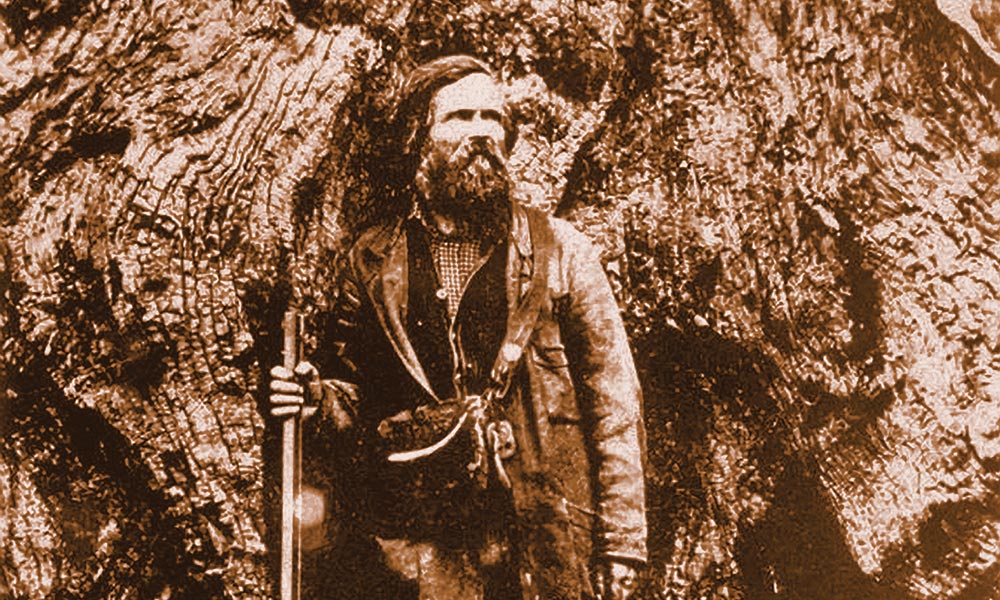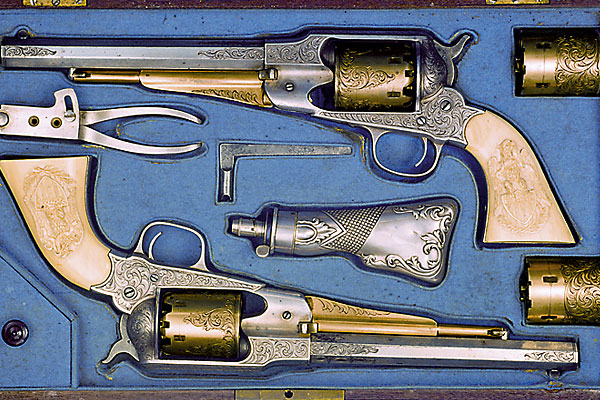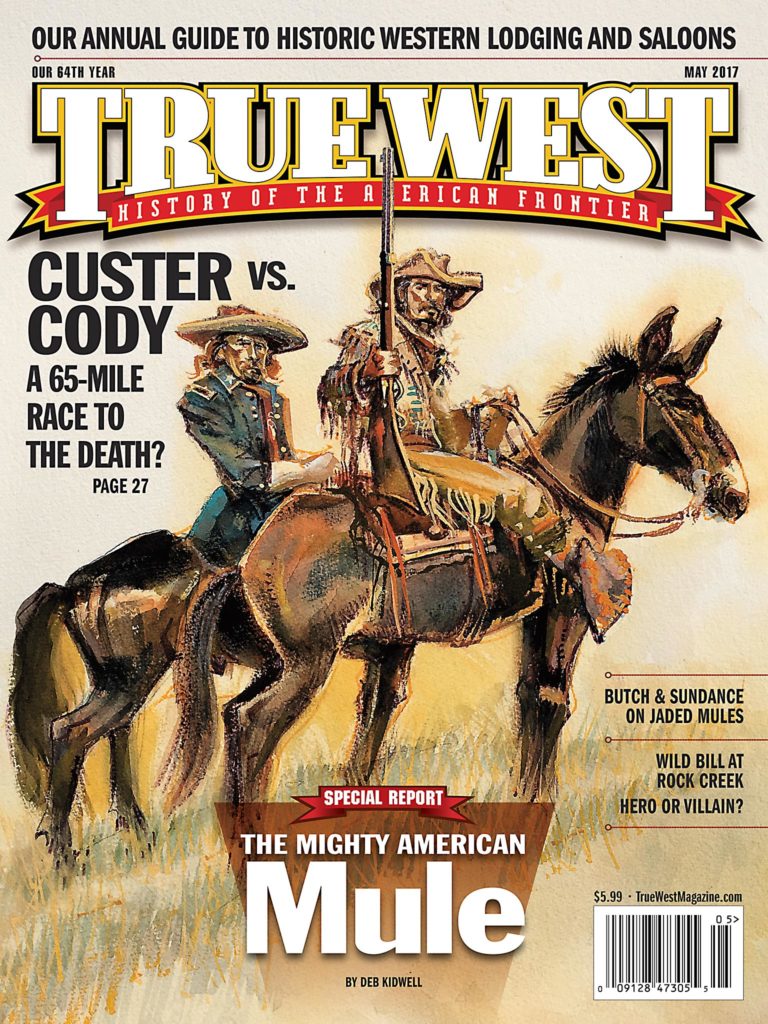Here are some muzzle-loading tips aimed at beginning muzzle-loading shooters, however veteran black powder gunners might also benefit as well. Of primary importance with any firearm is safety, no matter what type of arm you’re working with.
During the loading (also known as “charging”) process, always keep your face clear of the muzzle. Hold the firearm away from your body at a slight angle that allows you to comfortably accomplish the loading. After the black powder (or black powder substitute) charge has been poured into
the barrel by using a powder measure—rather than pouring directly from a powder horn, flask, can or other bulk powder container—start your projectile down the barrel with thumb pressure, if the projectile will respond to this. If the slug/bore fit is too tight, use a short starter. This age-old device will allow you to seat the projectile sufficiently enough to insert your ramrod into the gun’s muzzle, and obtain the needed pressure to complete seating the load. The last step in charging a firearm is to prime your flintlock or cap your percussion arm. When priming or capping, be sure to keep the muzzle pointed safely downrange.
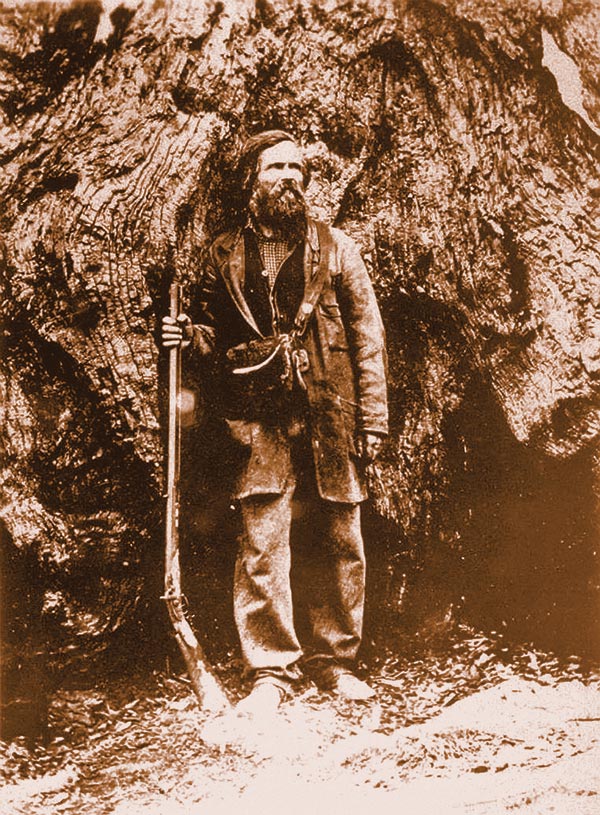
and handling their muzzle-loader’s wooden ramrods. Shown above in this circa 1861 photo, Clark was the first to discover the giant sequoia trees in Yosemite in the
1850s, and helped to save them.
– Courtesy Phil Spangenberger Collection –
When ramming a projectile down the barrel of your front-loader rifle, shotgun or handgun, after the powder charge has been loaded—regardless of whether loaded with a patched round ball, conical bullet, sabot or shot load—be sure to hold the ramrod properly. Never hold the ramrod by its tip. Always grasp it from the sides with a firm grip, yet one that allows the rod to slide through your grasp in the event of a premature discharge. This could be caused by a few still-burning embers from a previous shot making contact with the freshly poured powder charge. While this is highly unlikely, such accidents can happen with these primitive-type arms.
If your firearm is equipped with a wooden ramrod, it is important that the rod be gripped fairly close to the muzzle of the firearm. If you hold it too far from the muzzle, like we generally see in films, where the actors are working with blank charges and are only simulating loading a lead projectile, then you are liable to exert too much pressure on the wood rod and break it. An improper hold on a wooden rod is probably the cause of more busted ramrods than any other reason. In the case of a longarm, you should grasp your
ramrod about three to five inches away from the gun’s muzzle, permitting you to make several short, swift strokes with enough force to push the load home without breaking the ramrod.
In a military-type musket, which generally utilizes a metal ramrod, close-to-the-muzzle grips are preferred for control, although the rod can be gripped safely from almost anywhere, and still allow you to push the projectile downward onto the powder charge and seat it firmly.
These, or fiberglass ramrods, should also be held in the above-described manner. While ramrods are extremely difficult to break, a smoother, easier loading process is obtained through several firm, short strokes. Remember to hold the ramrod safely, close to the muzzle, not at the far end of it. When charged properly and safely, you’ll find handling a front stuffer is more fun, and you won’t break a wooden ramrod and possibly jam it into your hand or arm. Take my advice and spare the rod and enjoy more muzzle-loading shooting.
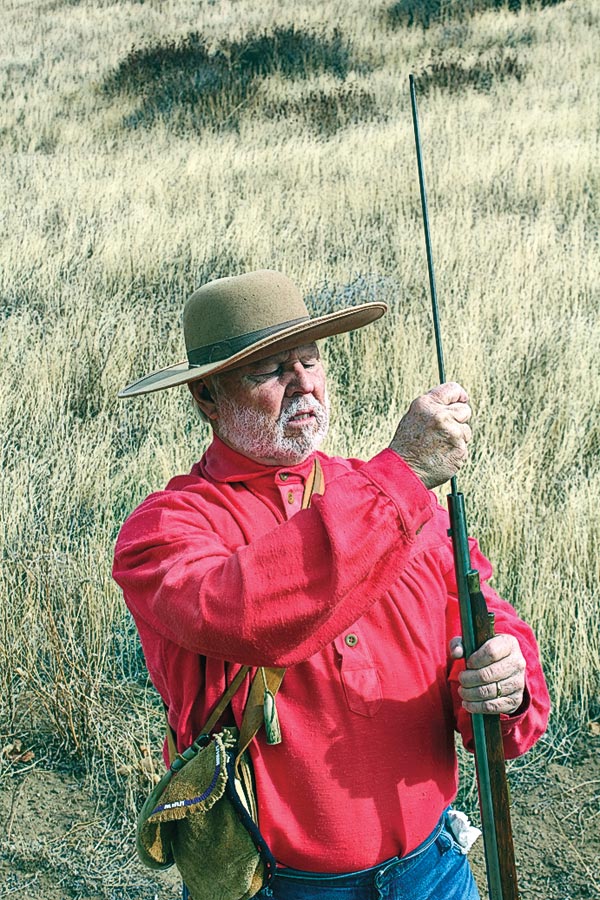
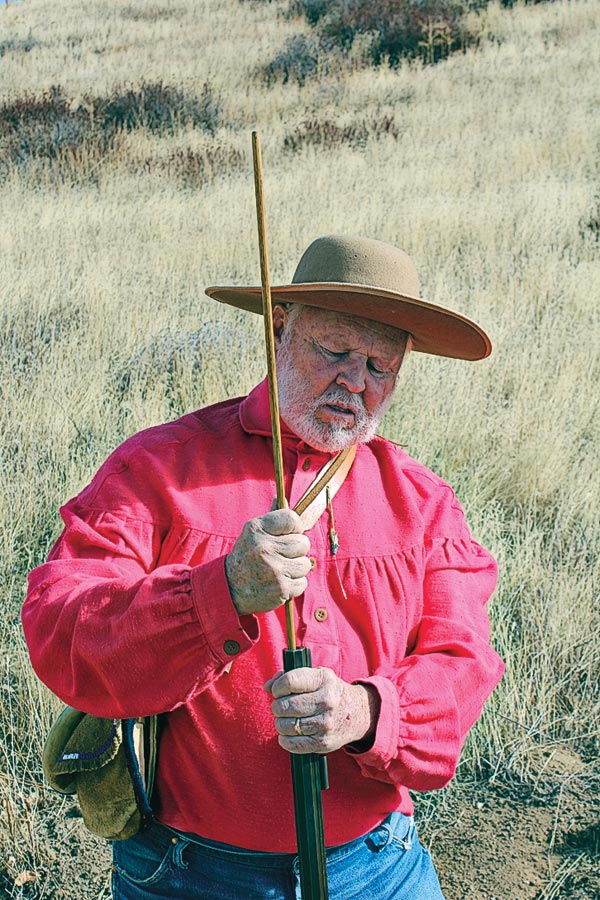
– All Photos by Michael Cooper Unless Otherwise Noted –
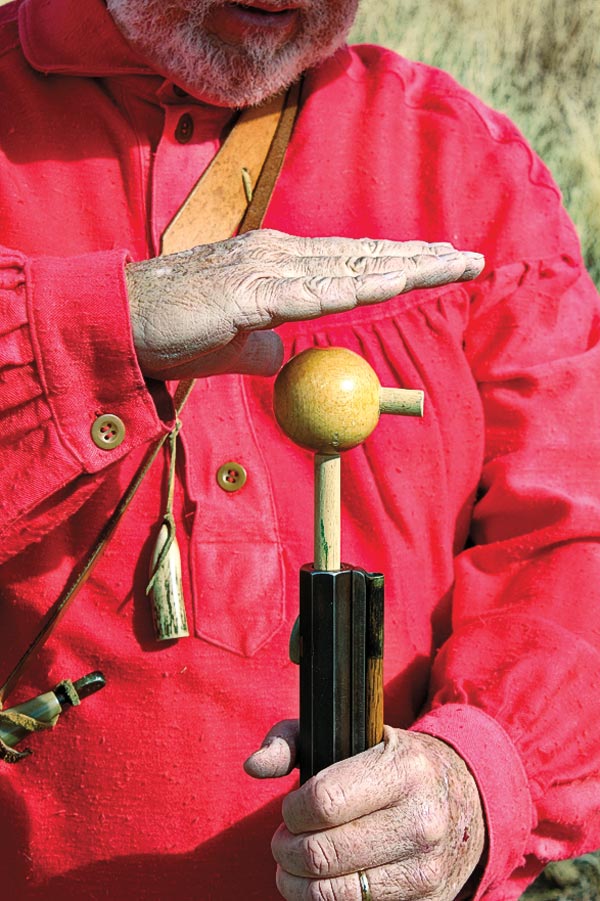
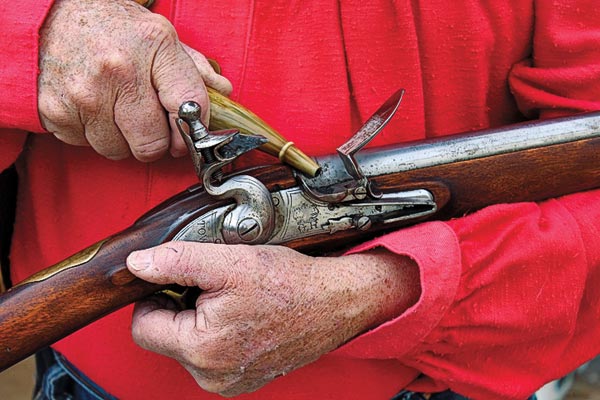
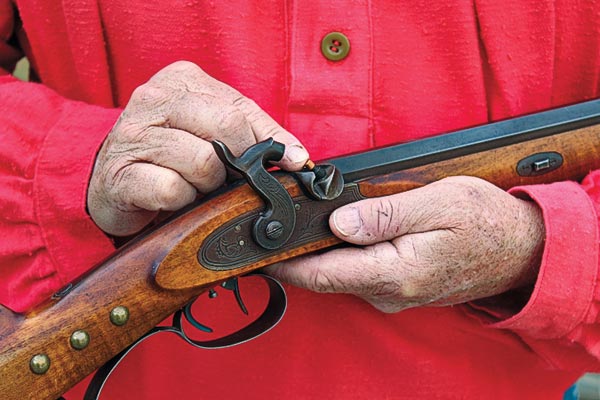
Phil Spangenberger has written for Guns & Ammo, appears on the History Channel and other documentary networks, produces Wild West shows,
is a Hollywood gun coach and character actor,
and is True West’s Firearms Editor.

